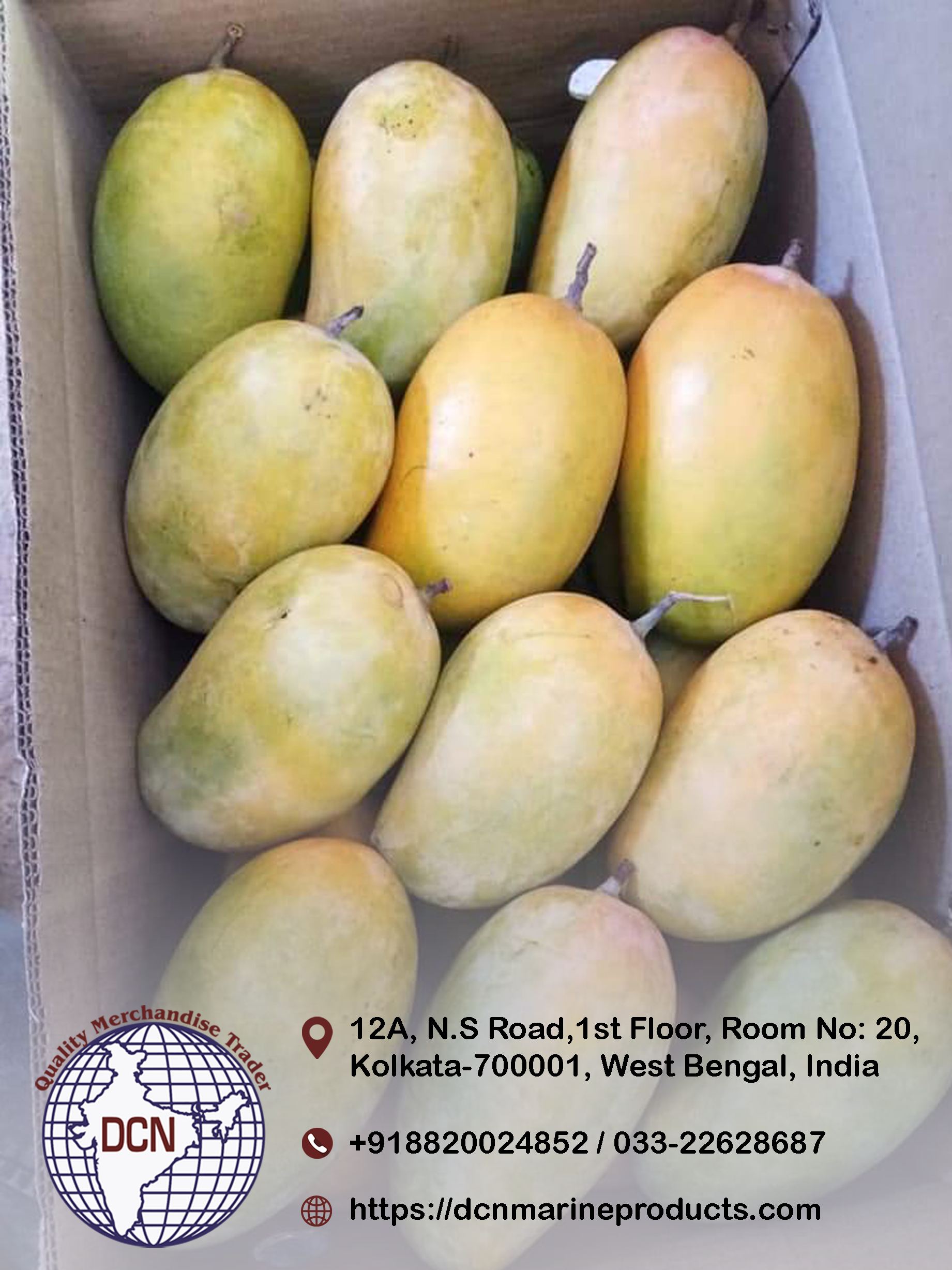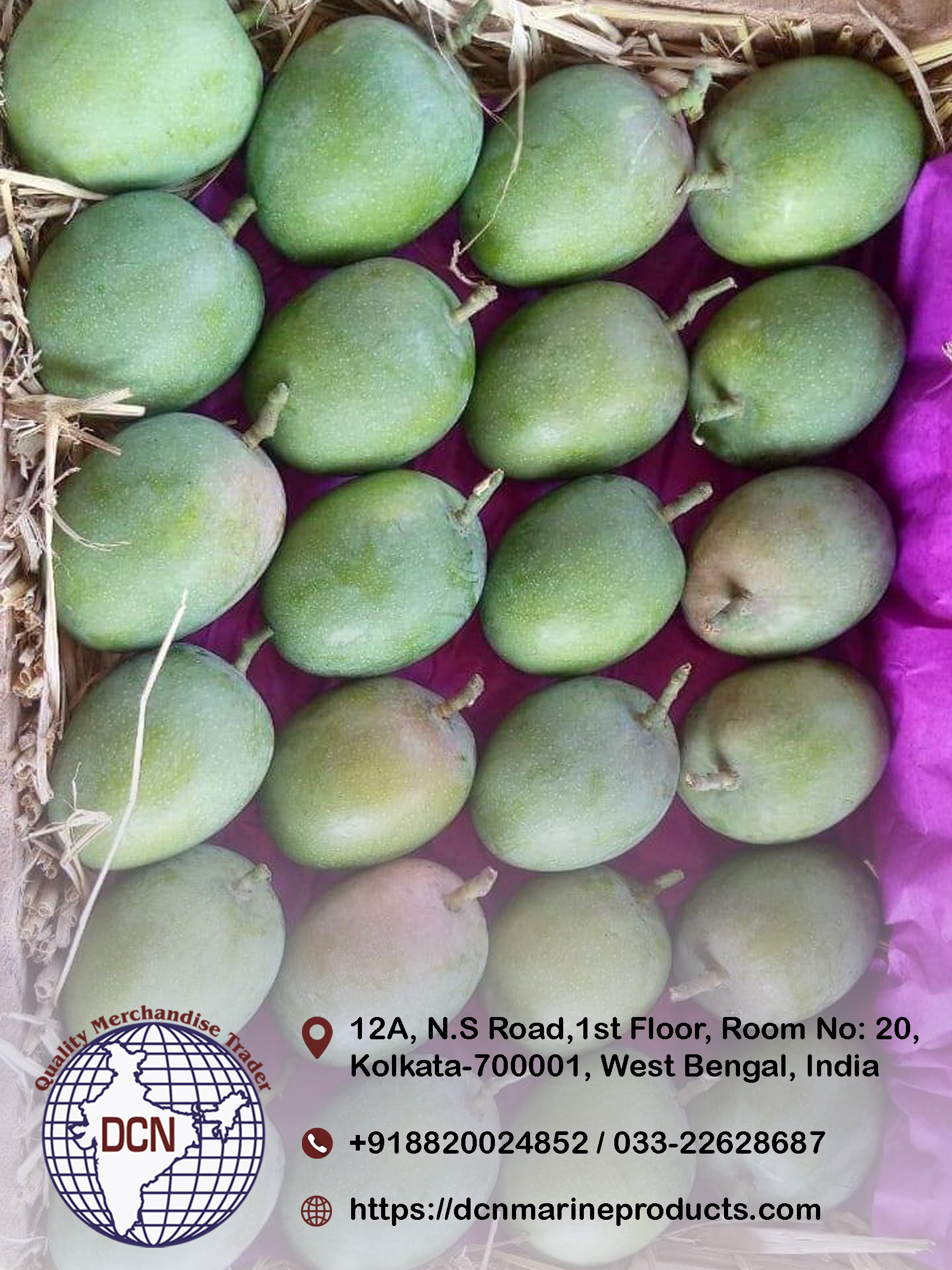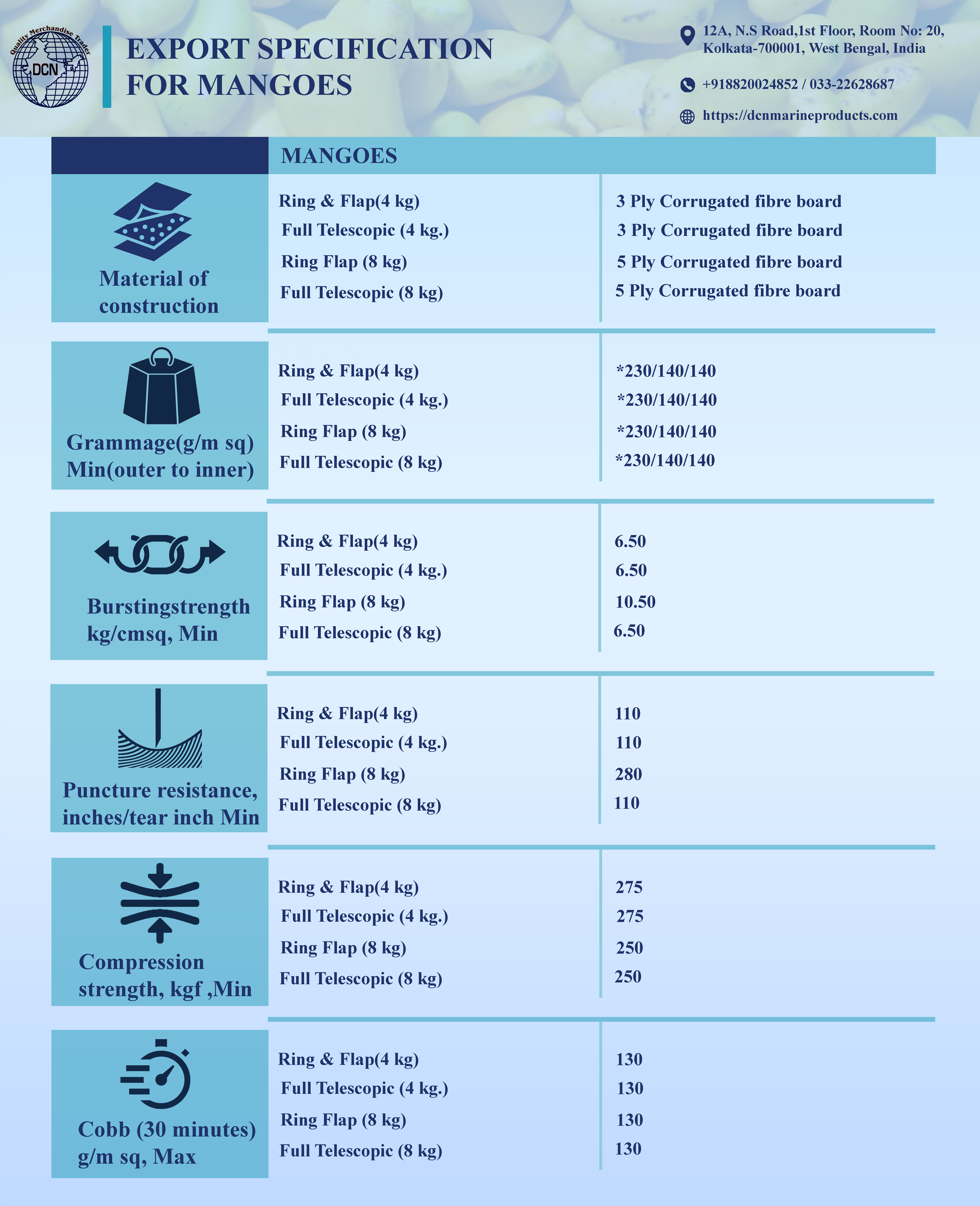While mangoes are arguably the most popular fruit in the world, their widespread availability in Canada is a somewhat recent phenomenon. As more people travel the world and more people who grew up in warmer climates now call Canada home, mangoes have become a common supermarket staple. When ripe, the mango has a soft, juicy, intensely floral character that is synonymous with tropical sojourns and sweet sunshine. When unripe, they are hard and lack the rich, soft, juicy texture that makes ripe mangoes so delicious.
It is difficult to generalize because there are many different types of mangoes with different shapes, colors, and flavors, all of which have different signs of ripeness. The best solution is always to feel the mango with your fingers. A mango that is ripe and ready to eat should yield slightly when squeezed gently. If it's rock hard, it's not ripe yet.

How to plant a mango seed:
Summers in India are hot but on the other hand? It's sweet! We're talking about sweet tropical fruits like mangoes, which are all the rage right now. If you find yourself craving this 'king of fruit', why not grow your own? Grab a mango and learn how to plant your own tree from its seed.
Materials Requirements:
Mango seeds
Glass of water
Kitchen scissors
Paper towels
Sandwich bag
Medium pot (0.5-1 gallon)
Potting soil
Steps:
1. Cut open the mango to remove the seeds. The seed will be inside the husk.
2. Clean the skins of the seeds.
3. Using a pair of strong scissors, such as kitchen shears, carefully cut the edge of the seed pods, allowing you to open the pods and remove the seed. The seed will be slippery, so proceed with caution.
Sometimes the seed may have a papery coating as seen in the photo below. Remove it before proceeding to the next step.

How to ripen a mango quickly:
There are different methods to ripen a mango quickly the best is to store unripe mangoes at room temperature. Mangoes should not be refrigerated until they are ripe. The mango will continue to ripen at room temperature, becoming sweeter and softer within a few days. To speed up ripening, place the mangoes in a paper bag at room temperature and store for about 2 days or until the mangoes are ripe. Once the mango is ripe, it can be moved to the refrigerator to slow down ripening for a few days.
How to grow a mango seed in water:
This is another interesting fact that everyone wants to know whether one grows mango seeds in water or not the best answer is that Place the seed, rounded side up, in a bowl of water. Place the bowl on the windowsill in a warm and sunny place. Leave the seed in the water until it begins to germinate. This can take one to three weeks. To grow a mango seed in water, all you need to do is find a suitable container to place the seed in, which can be a bit challenging due to its shape. Fill the container and make sure it never runs dry
How to dehydrate a mango:
This is another interesting fact that how to dehydrate mangoes it takes 6-12 hours to dehydrate at 135ºF (57ºC) for 6-12 hours until mangoes are dry and leathery. Depending on your machine, it may be necessary to rotate the trays occasionally to promote even drying.
How do you dehydrate raw mangoes?
METHOD
Remove the skin using a peeler or sharp knife.
Cut the mango into uniform slices.
Arrange slices on Breeze dryer racks (or silicone mesh sheets) with enough space between them to allow for even airflow.
Set the temperature to 50 °C and the time to 8 hours. ...
When done, the dried mango should be springy

How to pick the sweetest mango:
The best solution is always to feel the mango with your fingers. A mango that is ripe and ready to eat should yield slightly when squeezed gently. If it is hard as a rock, it is not yet ripe. Ripe mangoes often smell aromatic and fruity, especially near the end of the stem. Look for mangoes with smooth, blemish-free skin. Look for mangoes that are heavy for their size. Gently squeeze the fruit - it will be firm, but give it a little when ripe
How to pick a ripe mango:
It is difficult to generalize because there are many different types of mangoes with different shapes, colors, and flavors, all of which have different signs of ripeness. The best solution is always to feel the mango with your fingers. A mango that is ripe and ready to eat should yield slightly when squeezed gently. If it's rock hard, it's not ripe yet. Color, surprisingly, is not a reliable indicator of ripeness, as not all locally available varieties display their ripeness visually. Some mangoes with brightly colored red and yellow skins are not necessarily ripe, while some types of mangoes change color as they ripen and ripen, taking on a more golden hue.
How to eat a mango:
Avoid eating more than one unripe mango per day, as excessive consumption may cause throat irritation and/or indigestion. Also, avoid drinking cold water immediately afterward, as it coagulates the sap, increasing the risk of irritation.
Using a sharp knife, cut the mango lengthwise on both sides of the pit.
Cut a grid into the flesh, being careful not to cut the skin.
Gently squeeze the pulp, cut it into cubes and remove the skin. Cut the remaining pulp from around the stone into cubes and enjoy.
How to store mangoes:
Once the mango is ripe, it should be moved to the refrigerator, which will slow down the ripening process. Whole ripe mangoes can be stored in the refrigerator for up to five days. Mangoes can be peeled, diced, and placed in an airtight container in the refrigerator for several days or in the freezer for up to six months.
Do mangoes ripen after picking:
Mango fruit doesn't all ripen at once, so you can pick what you want to eat right away and leave some on the tree. Keep in mind that after harvesting, the fruit will take at least a few days to ripen. Pull the fruit to harvest the mango. If the stem breaks off easily, it is ripe.
You must know...
India is the world's second-largest producer of mangoes, behind China. India produces over 2 million tons of mangoes annually and exports over $200 million worth of mangoes each year. India's mango exports are mainly to the Middle East, Europe, and the United States. The U.S. imports nearly $10 million worth of Indian mangos each year with a total export value of around $54 million in 2016.
In India, there are many varieties of mangoes available on a seasonal basis with a peak during summer months from March to June and then again in winter from November to January. The country also has many unique varieties that are not found anywhere else in the world such as "Dashehari" or "Kesar" which are grown exclusively
There is no doubt that importing Indian mangoes is beneficial overseas. Not only are these fruits delicious, but they also come with a long list of health benefits. Indian mangos are a good source of beta-carotene, which is an important vitamin that helps to protect against cancer and other diseases. Additionally, mangos are a good source of fiber and vitamins C and A.
Importing Indian mangoes into overseas markets is a great way to boost the availability of this delicious fruit and to increase its consumer base. There are a number of reasons why importing Indian mangoes is a good idea.
Indian mangoes are one of the most popular fruits in the world. They are enjoyed for their sweet, tangy flavor and their texture, which is soft and pulpy. Indian mangoes are also high in vitamin C and potassium.
They are popular in a variety of countries around the world. In the United States, for example, Indian mangoes are a common ingredient in mango salsa and mango ice cream. In Europe, Indian mangoes are often used in mango tarts and mango ice cream. In Asia, Indian mangoes are popular in mango lassi, mango ice cream, and mango chutney. Indian mangoes are a good choice for overseas markets because they have a long shelf life.
Packing Details (apeda.in)

Tags: import mango from india, buy mango from india, buy mango